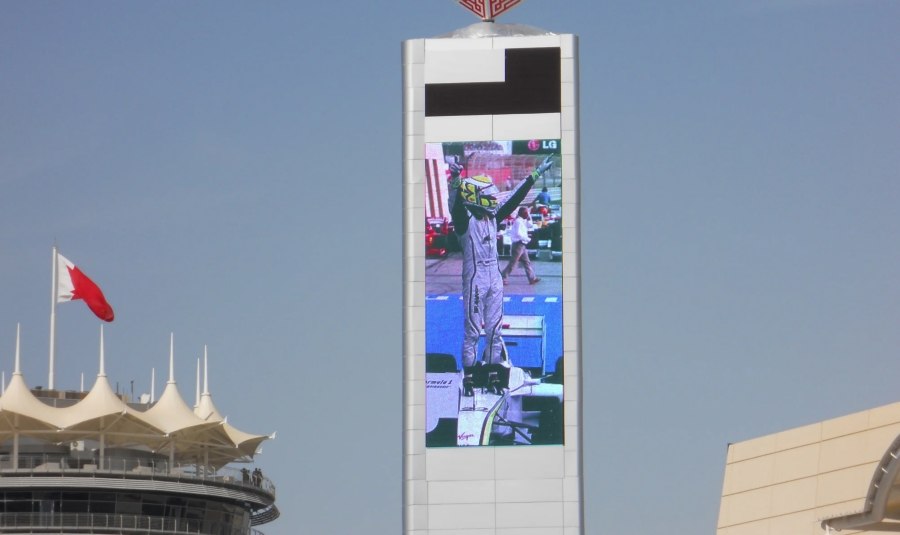With the development and increasing application of indoor LED displays, LED displays can be widely used in command centers, monitoring centers, and even studios. derimot, from the overall performance of the LED display system, can these displays meet the needs of users? Can the images displayed on these LED displays match the visual perception of the human eye? Can these LED displays withstand the test of cameras with different shutter speeds and angles? These are all issues that LED display screens need to consider. Under, I will analyze several major factors that affect the LED display effect (including refresh rate, grayscale level, etc.).

1、 De refresh rate of LED display skjermer (visual refresh rate)
“Visual refresh rate” refers to the rate of screen updates, usually expressed in Hertz (hz). Generelt sett, the visual refresh rate is above 3000Hz, which is an efficient LED display screen. The higher the visual refresh rate, the more stable the display, and the smaller the visual flicker. The low visual refresh rate of LED display screens not only causes horizontal stripes during filming and photography, but also produces images similar to tens of thousands of light bulbs flashing simultaneously, which may cause discomfort and even harm to the eyes when viewed.
2、 The grayscale level of LED display screens
“Gråtone nivå” refers to the color hierarchy of various colors with different variations between the darkest and brightest colors. Generelt sett, the grayscale is above 14 biter, which means there are at least 16384 color hierarchies, making it an efficient LED display screen. If the grayscale level is insufficient, there may be insufficient color levels or uneven gradient color levels, which cannot fully display the colors of the film. This significantly reduces the LED display effect. Some inefficient LED displays can already be detected with obvious color block distribution under a 1/500s shutter speed. If we increase the shutter speed, such as 1/1000s or 1/2000s, the situation will be even more pronounced.
3、 What affects the refresh rate and grayscale level of LED displays
We know that there are several core components of LED display screens, such as LED switch power supply, LED driver chip, LED beads, etc. Based on the refresh rate and grayscale level of LED display screens, the LED driver chip directly determines the performance of LED display screens in visual refresh rate and grayscale level. Among the current LED driver chips, the latest technology is “ScrambledPWM (S-PWM) teknologi”. S-PWM technology is an improvement on traditional pulse width modulation (PWM) teknologi, which disperses the conduction time of an image into several shorter conduction times to increase the overall visual update rate.
